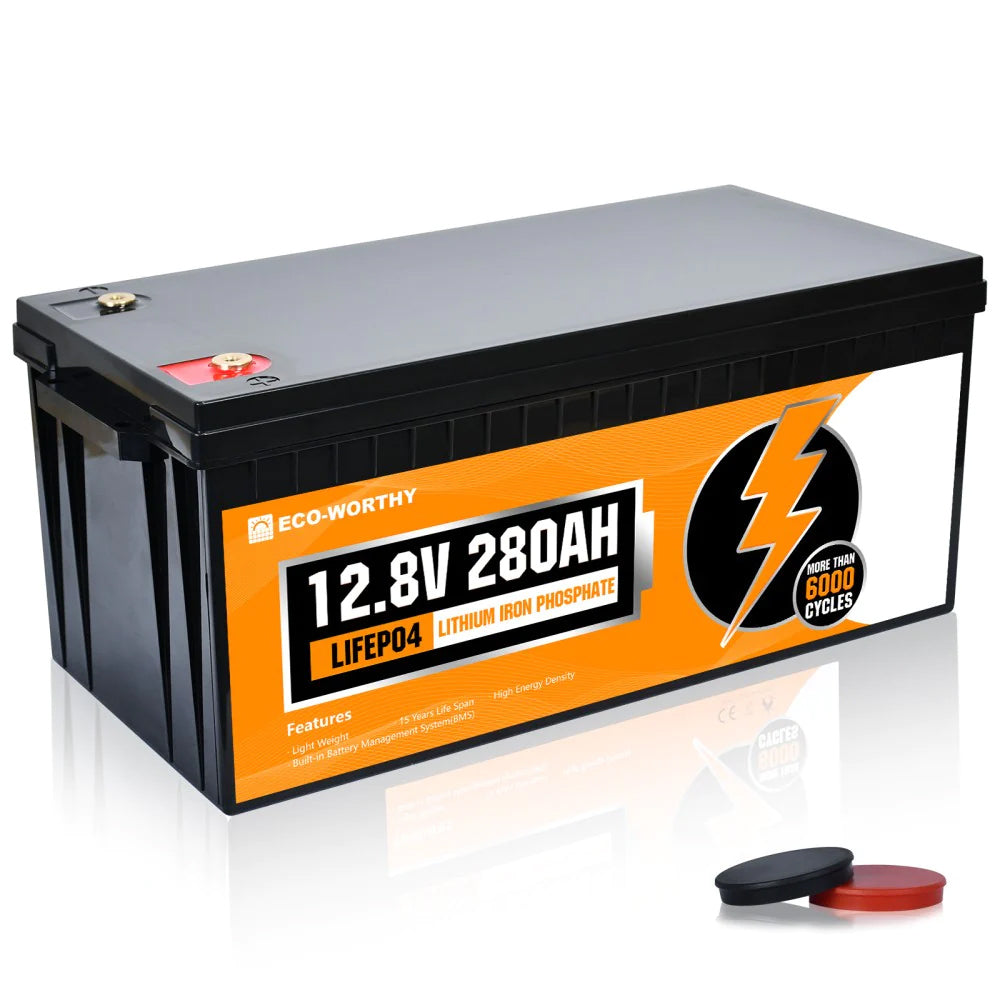The Science Behind the Power: How Lithium Batteries Work
منشور من طرف Neidich Alexander
الجسم
 Lithium Batteries: The Powerhouses of the Electronic World Lithium batteries have revolutionized the way we use electronics. From smartphones to electric cars, these batteries have become an indispensable part of our daily lives. They are lightweight, provide large amounts of energy, and can be recharged quickly, making them the go-to choice for portable devices. But how do they work? In this article, we will delve into the science behind the power of lithium batteries. The Chemistry Behind Lithium Batteries To understand how lithium batteries work, we must first look at their chemistry. Lithium batteries are made up of several components, including an anode, a cathode, an electrolyte, and a separator. The anode and cathode are made of a different material, usually graphite and lithium cobalt oxide, respectively. The electrolyte solution allows the flow of lithium ions between the anode and the cathode, while the separator prevents short circuits. When the lithium battery is charged, lithium ions move from the cathode to the anode through the electrolyte. This movement of ions creates an electrical current that can be used to power a device. When the battery is discharged, the process is reversed, and the lithium ions move from the anode back to the cathode, producing electricity. The Advantages of Lithium Batteries Lithium batteries have several advantages over their counterparts. Firstly, they are lighter compared to other types of batteries, making them ideal for portable devices. Secondly, they have a higher energy density, meaning they can store more energy in less space. Thirdly, they have a lower self-discharge rate, meaning they can retain their charge for longer periods without needing to be recharged. Finally, they can be charged quickly and have a longer lifespan compared to other batteries, making them cost-effective in the long run. The Future of Lithium Batteries Lithium batteries have come a long way since their first inception in the 1970s. With increased demand for electric vehicles and renewable energy storage, research is being conducted to further improve their efficiency and performance. Scientists are exploring new materials for the anode and cathode components and developing new electrolyte solutions for better conductivity and stability. With ongoing research and development, lithium batteries are set to continue powering our future. In conclusion, lithium batteries have become an essential part of the electronic world. Their lightweight, high-energy density, low self-discharge rate, and quick recharge time make them ideal for portable devices. With ongoing research and development in the field, we can expect to see further advancements in the efficiency and performance of lithium batteries in the future. Related Websites: 1. Battery University: https://batteryuniversity.com/ 2. Lithium-ion batteries: https://www.energy.gov/eere/vehicles/lithium-ion-batteries 3. HowStuffWorks: https://science.howstuffworks.com/lithium-ion-battery.htm
Lithium Batteries: The Powerhouses of the Electronic World Lithium batteries have revolutionized the way we use electronics. From smartphones to electric cars, these batteries have become an indispensable part of our daily lives. They are lightweight, provide large amounts of energy, and can be recharged quickly, making them the go-to choice for portable devices. But how do they work? In this article, we will delve into the science behind the power of lithium batteries. The Chemistry Behind Lithium Batteries To understand how lithium batteries work, we must first look at their chemistry. Lithium batteries are made up of several components, including an anode, a cathode, an electrolyte, and a separator. The anode and cathode are made of a different material, usually graphite and lithium cobalt oxide, respectively. The electrolyte solution allows the flow of lithium ions between the anode and the cathode, while the separator prevents short circuits. When the lithium battery is charged, lithium ions move from the cathode to the anode through the electrolyte. This movement of ions creates an electrical current that can be used to power a device. When the battery is discharged, the process is reversed, and the lithium ions move from the anode back to the cathode, producing electricity. The Advantages of Lithium Batteries Lithium batteries have several advantages over their counterparts. Firstly, they are lighter compared to other types of batteries, making them ideal for portable devices. Secondly, they have a higher energy density, meaning they can store more energy in less space. Thirdly, they have a lower self-discharge rate, meaning they can retain their charge for longer periods without needing to be recharged. Finally, they can be charged quickly and have a longer lifespan compared to other batteries, making them cost-effective in the long run. The Future of Lithium Batteries Lithium batteries have come a long way since their first inception in the 1970s. With increased demand for electric vehicles and renewable energy storage, research is being conducted to further improve their efficiency and performance. Scientists are exploring new materials for the anode and cathode components and developing new electrolyte solutions for better conductivity and stability. With ongoing research and development, lithium batteries are set to continue powering our future. In conclusion, lithium batteries have become an essential part of the electronic world. Their lightweight, high-energy density, low self-discharge rate, and quick recharge time make them ideal for portable devices. With ongoing research and development in the field, we can expect to see further advancements in the efficiency and performance of lithium batteries in the future. Related Websites: 1. Battery University: https://batteryuniversity.com/ 2. Lithium-ion batteries: https://www.energy.gov/eere/vehicles/lithium-ion-batteries 3. HowStuffWorks: https://science.howstuffworks.com/lithium-ion-battery.htm










تعليقات